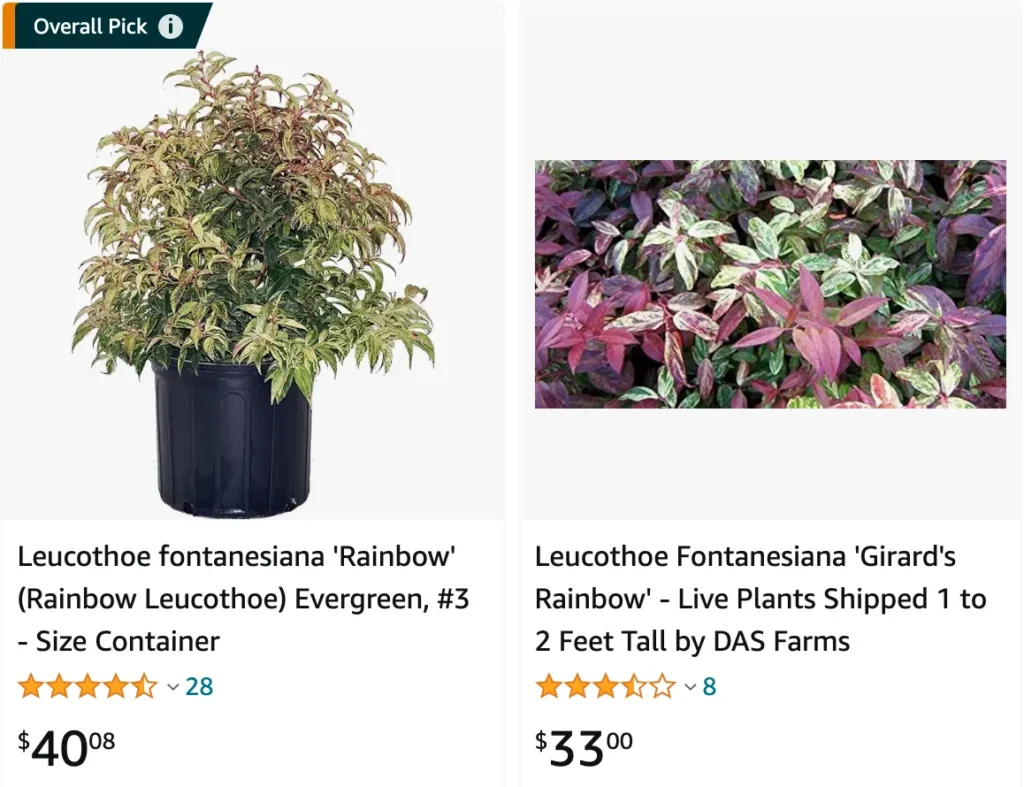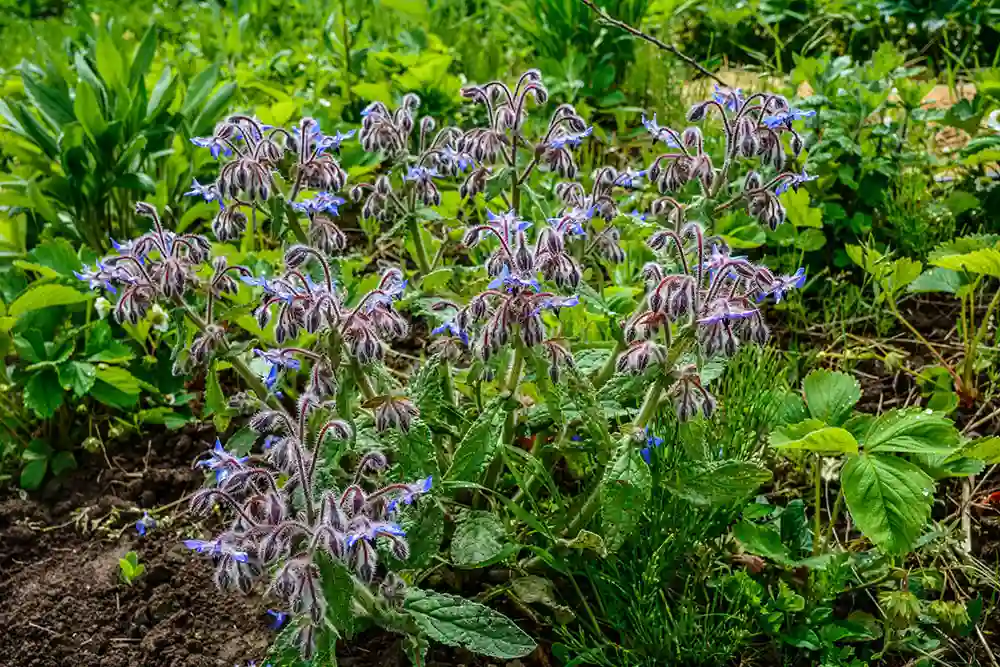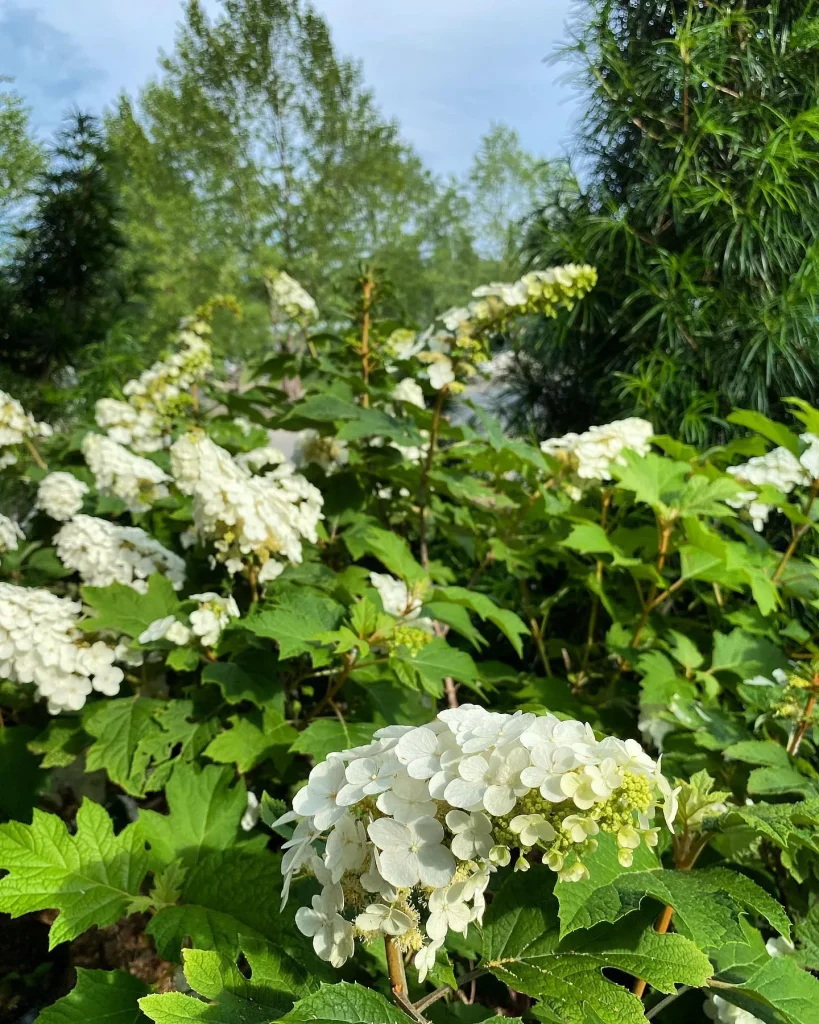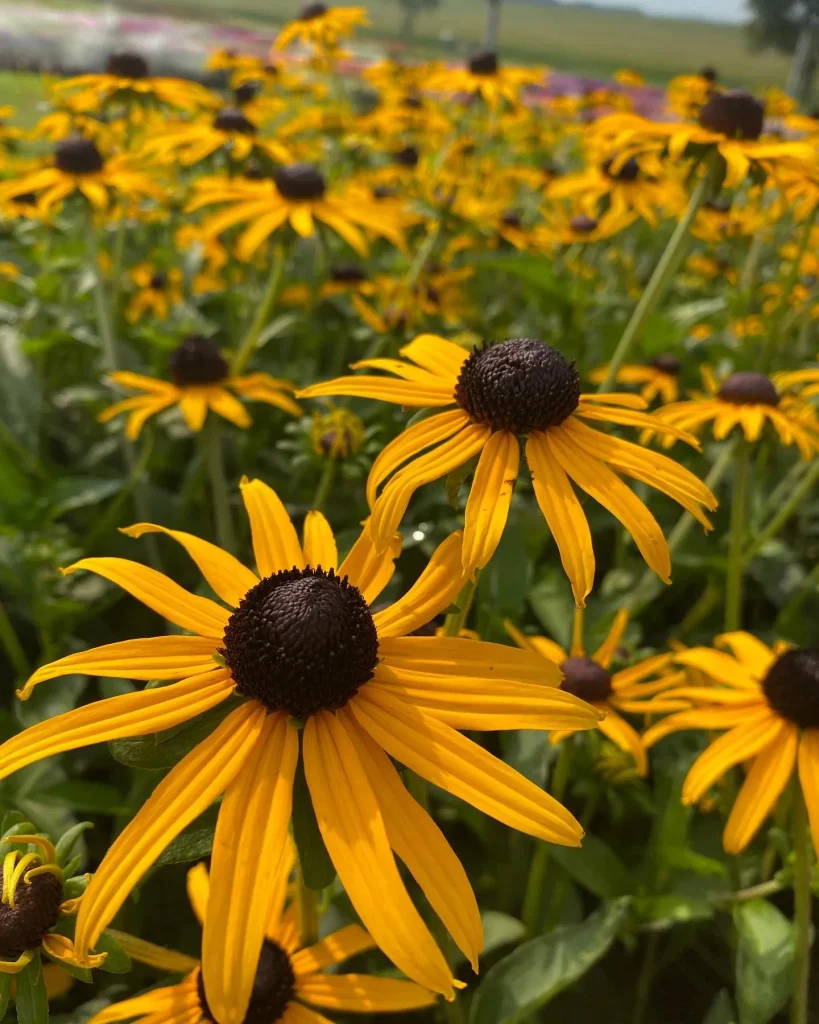
Leucothoe Fontanesiana: A Shade-Loving Beauty for Your Garden
As a gardener with a penchant for the elegant and easy-care, I was immediately drawn to Leucothoe fontanesiana, also known as the Mountain Doghobble. This shade-loving evergreen shrub boasts a cascading form adorned with glossy, lance-shaped leaves that remain vibrantly green year-round. Intrigued by its potential to add a touch of sophistication to my own shady haven, I delved deeper into its characteristics and care requirements.
5 Species in Genus Leucothoe
Leucothoe fontanesiana vs axillaris
I’ve grown Leucothoe fontanesiana and Leucothoe axillaris side by side, and I noticed that fontanesiana has a more upright, vase-like growth compared to the spreading, ground-hugging nature of axillaris. Fontanesiana’s foliage turned a lovely deep red in the fall, while axillaris kept a more subtle green, which was a bit less showy but still attractive. The fontanesiana needed a bit more space to spread out, whereas axillaris worked well as a low-maintenance ground cover in shady spots. Overall, I found the fontanesiana to be a bit more dramatic with its color changes, but axillaris was a reliable performer for filling in under trees.
How to planting and care for Leucothoe fontanesiana?
Planting Leucothoe fontanesiana is a straightforward process. Choose a location with well-drained, acidic soil and dappled sunlight. Amending the soil with organic matter like compost before planting helps ensure proper drainage and provides essential nutrients for healthy growth. Once planted, water deeply to establish the root system, and thereafter, regular watering is only necessary during periods of drought.
How to Prune Leucothoe Fontanesiana?
Leucothoe fontanesiana is a naturally low-maintenance shrub, but occasional pruning can be beneficial to maintain its desired shape and encourage bushier growth. The best time to prune is in late winter or early spring before new growth emerges. Use sharp pruners to remove dead, diseased, or overcrowded branches. Remember, “less is more” with this shrub, so avoid over-pruning, as it can hinder flowering.
Do You Fertilize Leucothoe Fontanesiana?
Generally, fertilizing Leucothoe fontanesiana is not necessary, especially if it’s planted in organically rich soil. However, if your shrub appears pale or shows signs of stunted growth, a light application of fertilizer formulated for acid-loving plants in early spring can be beneficial. Opt for a slow-release fertilizer to provide sustained nourishment without the risk of burning the roots.
What to Plant With Leucothoe Fontanesiana?
Leucothoe fontanesiana’s graceful form and vibrant foliage make it a versatile companion plant for a variety of shade-loving species. Here are a few ideas to inspire your garden design:
- Ferns: The delicate texture of ferns complements the Leucothoe’s glossy leaves, creating a harmonious textural contrast. Opt for varieties like Maidenhair Fern or Japanese Painted Fern.
- Hostas: Hostas, with their broad foliage in various shades of green and blue, provide a beautiful contrast to the Leucothoe’s upright form. Consider varieties like ‘Blue Mouse Ears’ or ‘Francee.’
- Azaleas: Combining Leucothoe with colorful azaleas adds a burst of vibrancy to your shade garden. Choose azalea varieties with similar blooming times for a cohesive display.
Potential Pests and Diseases: Maintaining Plant Health
Leucothoe fontanesiana is generally resistant to pests and diseases. However, keep an eye out for lace bugs, which can cause stippling on the leaves. Insecticidal soap spray is an effective solution for lace bug infestations. Fungal diseases like leaf spot can also occur in poorly drained soil. Ensure proper drainage and remove any infected leaves to prevent further spread.
Beyond the Basics: Interesting Facts about Leucothoe Fontanesiana
The name Leucothoe comes from Greek mythology, referencing one of the maidens loved by Apollo. The epithet “fontanesiana” honors French botanist Francois Auguste Francois Marie Miguealnet, who first described the species. Interestingly, the common name “Doghobble” comes from the plant’s tendency to form intertwined branches that can snag the legs of animals.
With its elegant form, beautiful foliage, and minimal care requirements, Leucothoe fontanesiana has become a treasured addition to my shade garden. By following these simple tips, you too can cultivate this captivating shrub and bring a touch of timeless beauty to your own outdoor space.
If i die, water my plants!



